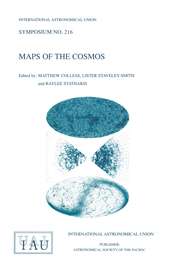No CrossRef data available.
Article contents
Collisionless Halos Around Black Holes
Published online by Cambridge University Press: 25 May 2016
Abstract
Core share and HTML view are not available for this content. However, as you have access to this content, a full PDF is available via the ‘Save PDF’ action button.
When a black hole accretes slowly, the radiative cooling of the infalling gas is weak and the accretion disk does not form. A hot, collisionless, quasi-spherical halo is formed instead. The properties of such halos are discussed. The rate of accretion, the radiative efficiency, and the temperature and density near the hole are evaluated.
- Type
- Part I: Talks
- Information
- Copyright
- Copyright © Astronomical Society of the Pacific 2000
References
Blandford, R. D.
1998, in AIP Conf. Proc., 431, Accretion Processes in Astrophysical Systems: Some Like It Hot!, eds. Holt, S. S. & Kallman, T. (New York: AIP), 43.Google Scholar
Richstone, D.
1998, in AIP Conf. Proc., 456, Laser Interferometer Space Antenna: Second International LISA Symposium on Gravitational Waves, ed. Folkner, W. (New York: AIP), 41.Google Scholar


